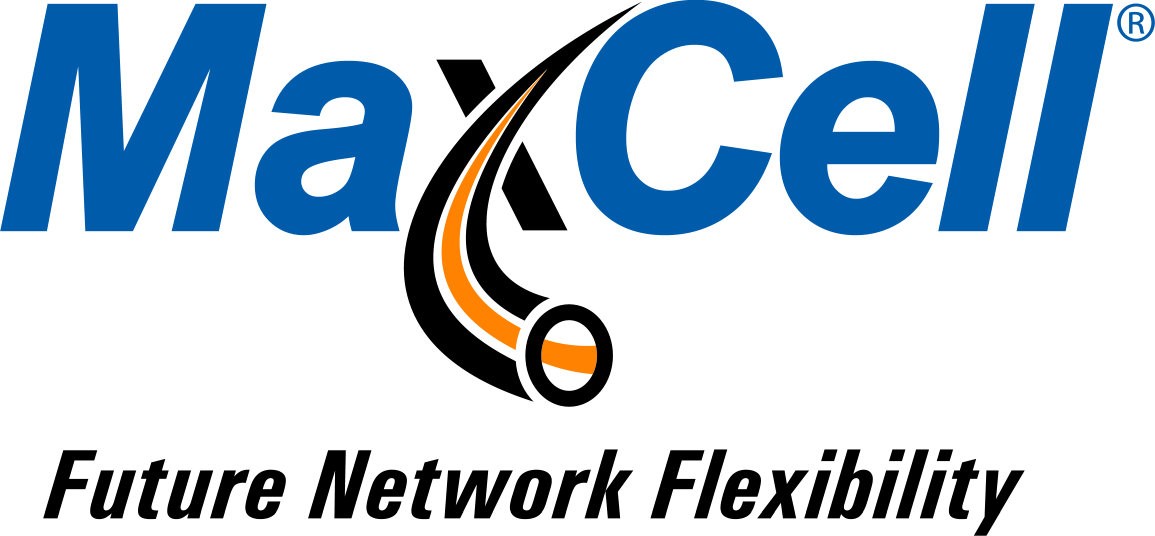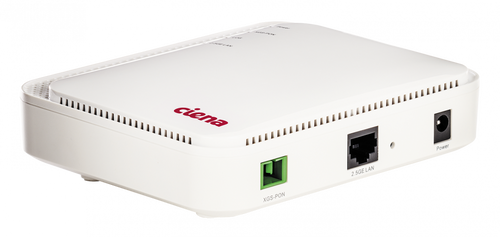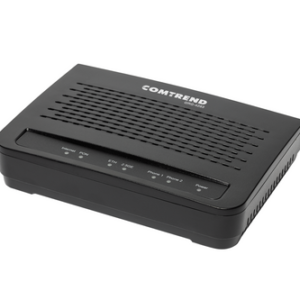(Part Number: 3801) – 3801XGS-PON Desktop ONT – Actives – Residential CPE – ONTs – Ciena
Call for Price
This product requires special shipping arrangements. Please Use the "ADD TO QUOTE BUTTON" or call us at (866) 650-3282 for more information.
CompareFeatures:
- Compliant with ITU-T G.9807.1 specifications
- Cost-effective symmetric multi-GbE services
- Built in XGS-PON and 1GbE interfaces
- Small desktop, wall, or rackmountable package
- Operates at commercial temperature range (0°C to +40°C)
- IEEE VLAN bridging and tagging
Ciena’s 3801 XGS-PON desktop optical network unit (ONU) is purpose-built for residential, small- and medium-sized business and enterprises (SMB/SMEs) with low-cost metro access in mind. The versatile broadband service delivery desktop ONU is lightning-fast, secure, and capable of meeting or exceeding both immediate and future business needs enabled by flexible, open deployment within Ciena’s 10G PON and universal aggregation routing and switching platforms.
The 3801 XGS-PON desktop ONU is fully compliant with ITU-T G.9807.1 (XGS-PON) and supports symmetrical 10 Gb/s downstream and upstream connectivity. This desktop ONU comes with built-in XGS-PON optics and media access control (MAC), an Ethernet switch, and one 1GbE port. With low total cost of ownership (TCO) in mind, the shared fiber desktop ONU reduces edge transport, switching and routing costs, footprint, and power consumption by rightsizing with high-density optical line terminal (OLT) platforms.
Higher-bandwidth service delivery for SMB/SMEs
SMEs play a major role in most economies and contribute significantly to job creation and global economic development. At the same time, most network operators’ environments are very challenging, as they experience surging IP traffic growth in both their wireless and wireline networks in a hypercompetitive environment.
Key to customer retention and continued growth is to offer customers new, higher-bandwidth services. For the past 15 years, passive optical networks (PONs) have become extremely popular by cost-effectively addressing ongoing surges in IP television (IPTV) and high-speed internet access. However, bandwidth demands and intense competition are driving network operators to 10G PON, as 15-year-old asymmetrical Ethernet PON (EPON) and gigabit PON (GPON) technologies can no longer address network growth expected to increase by a factor of 10 in the next decade.









































